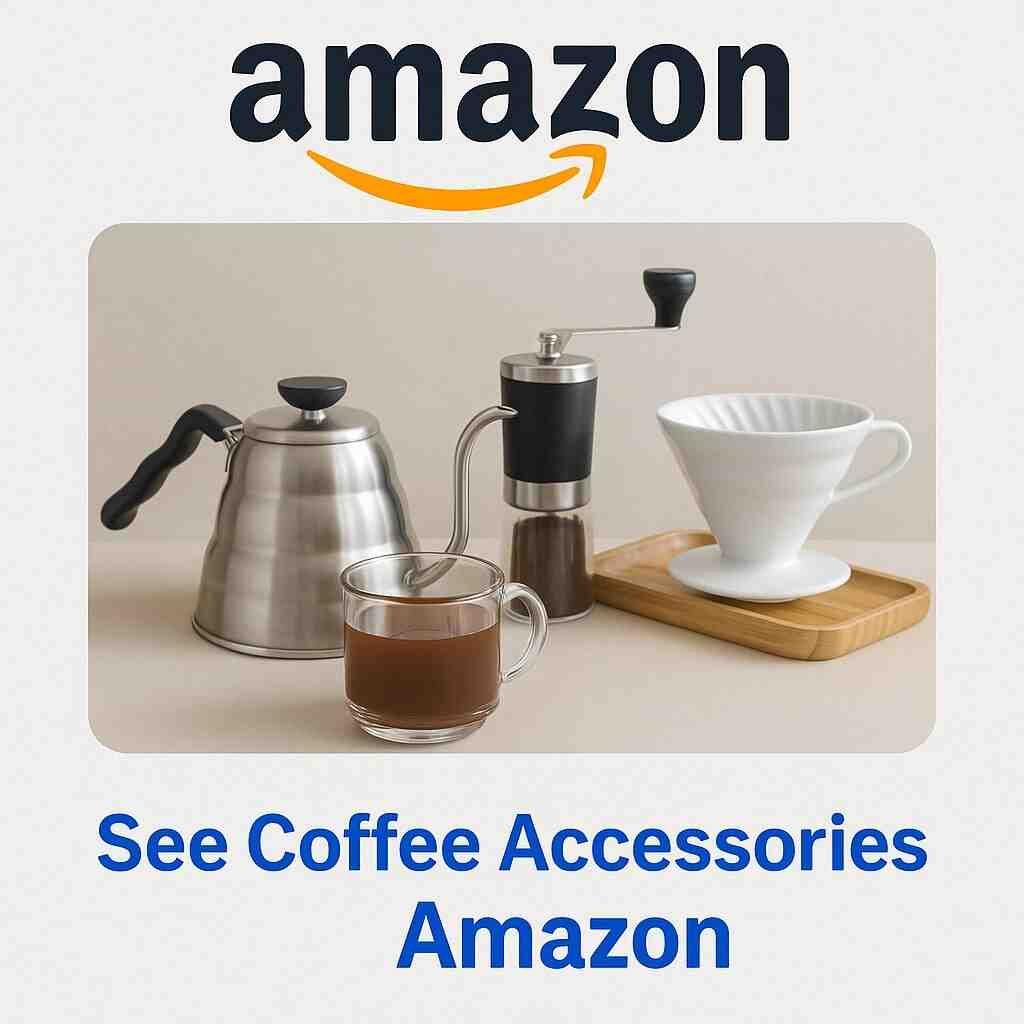Blade vs Burr Grinders: Which One Should You Choose?
If you’ve ever wondered why your home-brewed coffee doesn’t taste like your favorite café’s, your grinder might be the culprit. The grinder you choose—blade or burr—can make a bigger difference than you think. Let’s break it down and help you decide which one fits your brewing style and goals.
What’s the Difference?
Blade Grinders
- How they work: Use spinning blades (like a blender) to chop coffee beans.
- Pros: Affordable, compact, easy to find.
- Cons: Uneven grind size, generates heat, can impact flavor.
Burr Grinders
- How they work: Crush beans between two burrs—either flat or conical.
- Pros: Uniform grind size, adjustable settings, better consistency.
- Cons: More expensive, bulkier, slightly louder.
Why Grind Size Matters
Grind size affects extraction. Too fine, and you risk over-extraction (bitter); too coarse, and you under-extract (sour). Consistency ensures balanced flavor and repeatable results.
Burr grinders allow you to control grind size precisely—critical for pour-over, French press, espresso, and even AeroPress.
Who Should Use a Blade Grinder?
Blade grinders can be a good option for:
- Casual coffee drinkers using drip or French press
- Beginners just starting to explore brewing
- Tight budgets
Tip: Shake the grinder gently while it’s working to improve consistency (slightly).
Who Should Use a Burr Grinder?
Burr grinders are ideal for:
- Anyone serious about coffee quality
- Home baristas using manual brewing methods
- Espresso lovers (you need consistent fine grinds!)
There are two types of burrs:
- Conical: Quieter and more compact
- Flat: More precise and consistent (but pricier)
Electric vs. Manual Burr Grinders:
- Electric: Fast and convenient (e.g., Baratza Encore, Fellow Opus)
- Manual: Great for travel or quiet mornings (e.g., 1Zpresso, Hario Skerton)
Investing in Your Brew
Spending more on a burr grinder might feel like a leap, but it’s one of the best upgrades you can make. Think of it as a long-term investment in flavor, consistency, and control.
Final Thoughts
If you’re just starting out, a blade grinder can be a stepping stone. But if you’re chasing café-quality cups at home, a burr grinder isn’t optional—it’s essential. Your beans deserve better, and so do you.






